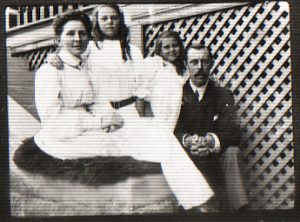
F.W. Boreham shunned controversy. While pastoring in New Zealand he had entered into a public spat with a fellow minister by writing an exchange of newspaper articles. When he realised the damage he had to his pastoral brother, he was mortified. He sought to repair their relationship in person some time later, and despite the polite dismissals, it was never the same again. FWB tells of a private controversy he later entered into with another minister with an exchange of letters between them. He wrote a scathing reply to this minister, walked to the mail pillar-box to post it, but hesitated. He decided to wait a day before mailing it. The next day he received word that this minister to whom he had written had suddenly died. These incidents galvanised FWB’s reticence to enter into controversy. Yet, he himself attracted controversy in his day. He was sharply, and often publicly, criticised for not being a ‘real’ preacher because he did two things.
FWB THE STORYTELLER
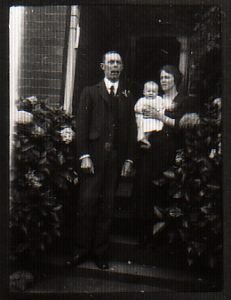 “Here was a preacher who was able to tell a story so that it pointed its own moral, describe a landscape or an incident so that it suggested what remained unsaid, let some great thoughts or principle shine in its own light, and who found that even prejudiced minds and hearts responded beyond all expectation.”
“Here was a preacher who was able to tell a story so that it pointed its own moral, describe a landscape or an incident so that it suggested what remained unsaid, let some great thoughts or principle shine in its own light, and who found that even prejudiced minds and hearts responded beyond all expectation.”
T. Howard Crago, p.167
Dr. Boreham was criticised for being more of a storyteller than a preacher. You simply have to read any FWB essay and you’ll soon realise that he used a story to wrap some Biblical truth into a captivating package. He made his stories accessible. They were usually about ordinary, yet interesting, people. Most of these people were not fully appreciated in their own day (perhaps like Boreham himself). Some faced failure, poverty, and relative anonymity in their day because what they did seemed so insignificant. Take FWB’s essay about John Walker, who in 1826, invented the match. Dr. Boreham tells the story of the chemist who invented the match and failed to sell them in any significant numbers. Yet, long after John Walker died, his invention would go on to sell in the billions and, and as FWB pointed out, more than the economic attainments, his invention would go on to save countless numbers of lives! And in typical FWB storytelling style, he draws a Gospel parallel from this story of John Walker which encourages the reader to consider that their own life setbacks may not be the end of their story either, in the same way that the Cross was not the end of Christ’s story.
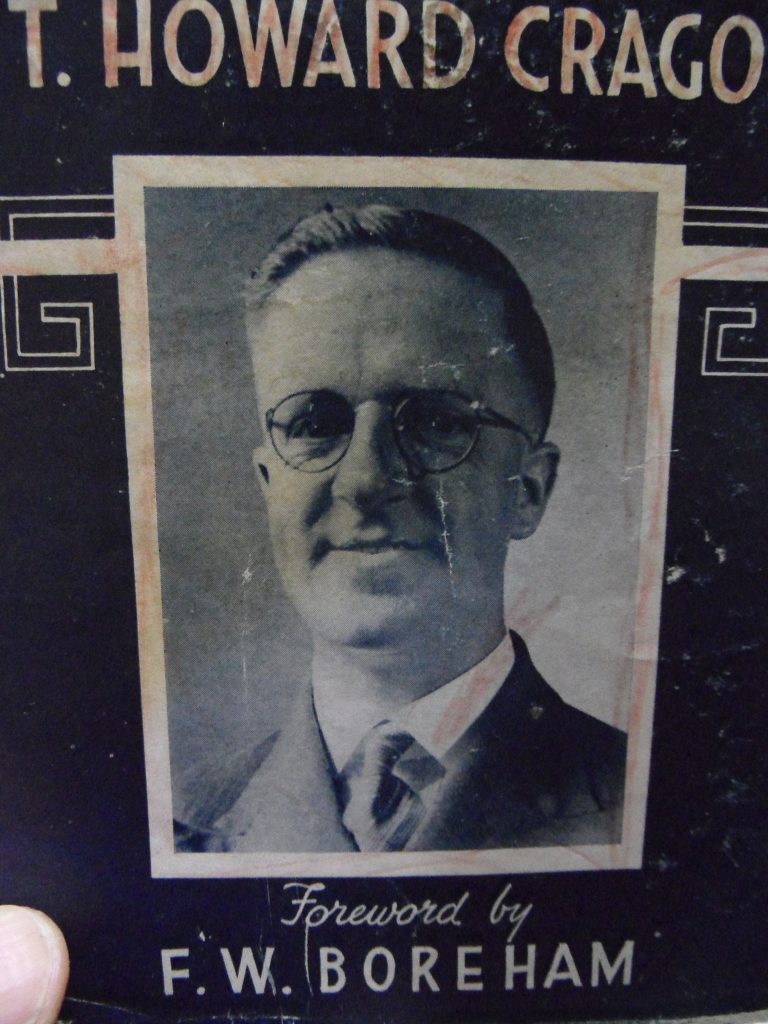 Boreham’s clever story-telling style of preaching translated easily and well into written form and became the basis of his most popular books. But he wasn’t just telling stories – he was revealing Christ – Who was the real subject of each of these stories.
Boreham’s clever story-telling style of preaching translated easily and well into written form and became the basis of his most popular books. But he wasn’t just telling stories – he was revealing Christ – Who was the real subject of each of these stories.
T. Howard Crago, The F.W. Boreham Story, p. 172
In many respects, despite the criticism that Boreham was a man of his times and “stuck in the past”, I think he was actually (in many respects) a man ahead of his time. By building his sermons around a story he was able to add a timeless quality to them. People will always be enthralled by a story.
FWB THE ILLUSTRATOR
 The second thing that FWB was sharply criticised for was his seeming ‘compromising’ of the truth by incorporating myths, disputed science, and fantasy as illustrations in his sermons. In one of his essays he discusses Darwin’s theory of evolution as it related to the Kiwi (a bird native to New Zealand). Based on Darwin’s theory, the Kiwi bird had ceased to fly because it could survive by keeping on the ground. Rather than debating the merits or otherwise of Darwin’s theory, Boreham draws on this controversial theory (which it might be argued, had been broadly accepted by the public) and makes a Gospel point about using the graces that God has given, or face the risk of forgetting how to – just as the Kiwi had supposedly forgotten how to use its wings.
The second thing that FWB was sharply criticised for was his seeming ‘compromising’ of the truth by incorporating myths, disputed science, and fantasy as illustrations in his sermons. In one of his essays he discusses Darwin’s theory of evolution as it related to the Kiwi (a bird native to New Zealand). Based on Darwin’s theory, the Kiwi bird had ceased to fly because it could survive by keeping on the ground. Rather than debating the merits or otherwise of Darwin’s theory, Boreham draws on this controversial theory (which it might be argued, had been broadly accepted by the public) and makes a Gospel point about using the graces that God has given, or face the risk of forgetting how to – just as the Kiwi had supposedly forgotten how to use its wings.
By using the cultural ‘language’ of his audience, Dr. Boreham could connect swiftly with them. The Biblical apostles seem to have done the same thing. By using cultural language – ideas sourced from myths, pagan poetry, and legends, for example, to make a Gospel truth plainer, they were not endorsing the cultural language, they were just employing it for their own ends. When Paul tells the Corinthians that even non-believers know that there is an after-life since they are “baptized” for their dead –
¶ Otherwise, what do people mean by being baptized on behalf of the dead? If the dead are not raised at all, why are people baptized on their behalf?
First Corinthians 15:29
– he is illustrating an essential Gospel truth, not endorsing this pagan practice. To his native New Zealand audience, Boreham would even employ Maori mythology as an illustration of a Gospel truth.
“It was from an old Maori in New Zealand that I learned that, beyond this sublime symbolism, there is something still more sublime. In the old days, I spent many a pleasant hour with Ratipuni. One summer’s evening a glorious rainbow arched over our sky and, incidentally, unloosed his tongue. He told me that, according to the traditions of his people, Rangi and Papa – the Heaven and the Earth – were once united. But Tanemahuta, the god of the forests, swore that he would part them. He lay on his back on the earth, planted his feet firmly against the heavens, and, exerting all his strength, forced them asunder. And the heavens wept, Ratipuni said, at being separated from the earth, and they threw a beautiful Bridge of Light across the intervening chasm. ‘See!’ he cried; and pointed to the rainbow.
On the following Sunday I was asked to preach in the little hall near Ratipuni’s hut. And Ratipuni was present. I preached on the Rainbow. I told his own story, and I said that it was true. Heaven and Earth were once united; they were torn apart; a Bridge has been thrown across the chasm; and I urged Ratipuni and those who sat around him to make their way, by means of the Cross, into the light and love that know no ending.”
(WHEN SWANS FLY HIGH, The Rainbow, 1948, pages 216-217)
Howard Crago tells us that FWB was publicly criticised when his sermons in the, Texts That Made History series, were not “Theological”, prompted Boreham to publicly respond –
“We shall never attract or arrest our hearers by an elaborate display of theology. The prominence of theology is to a sermon what the skeleton is to the body: it gives shape and support to the preacher’s utterance without itself being visible. It is very noticeable that Jesus himself seldom or never became theological.”
T. Howard Crago, p.180
The ‘flesh’ of a sermon, to FWB, was a story. It’s not that doctrine or theology was unimportant, it was that he regarded it as the ‘skeleton’ of the body, giving backbone and structure to a sermon through which any story was to be filtered.
APPLICATION
 The cultural language of today encompasses pop music, movies, TV shows, YouTube clips, and even science. Many of these cultural icons are objectionable to Christian sensibilities (if not most of them). Yet, if we can learn from FWB, we can use these cultural icons as the language with which to reach our own generation in a way that is more understandable to them. This preaching skill was not, of course, pioneered by F.W. Boreham, but by the earliest apostles. But a word of caution. Despite how much you may attempt to avoid controversy, as FWB found, when you share the Gospel in the language that your audience uses and understands, there will always be some well-meaning person ready to criticise you for doing this and attempt to paint you as “controversial“.
The cultural language of today encompasses pop music, movies, TV shows, YouTube clips, and even science. Many of these cultural icons are objectionable to Christian sensibilities (if not most of them). Yet, if we can learn from FWB, we can use these cultural icons as the language with which to reach our own generation in a way that is more understandable to them. This preaching skill was not, of course, pioneered by F.W. Boreham, but by the earliest apostles. But a word of caution. Despite how much you may attempt to avoid controversy, as FWB found, when you share the Gospel in the language that your audience uses and understands, there will always be some well-meaning person ready to criticise you for doing this and attempt to paint you as “controversial“.
for “‘In him we live and move and have our being’;
¶ as even some of your own poets have said,
“‘For we are indeed his offspring.’”
Acts 17:28
Andrew Corbett
-
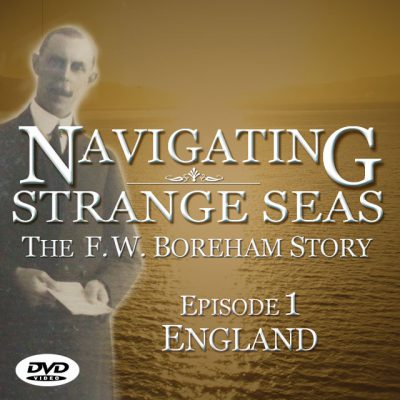
NAVIGATING STRANGE SEAS, The Dr. F.W. Boreham Story, Episode 1 – England (DVD)
$7.95 -
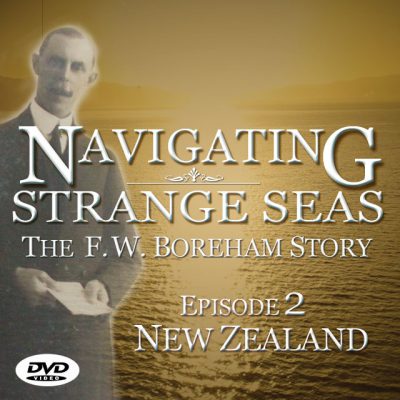
NAVIGATING STRANGE SEAS, The Dr. F.W. Boreham Story, Episode 2 – New Zealand (DVD)
$7.95 -
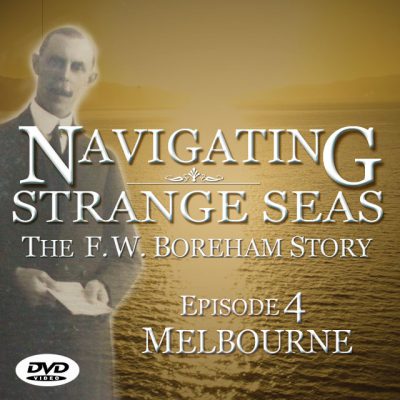
NAVIGATING STRANGE SEAS, The Dr. F.W. Boreham Story, Episode 4 – Melbourne (DVD)
$7.95 -
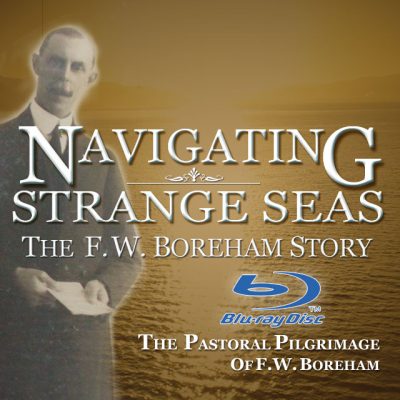
NAVIGATING STRANGE SEAS, The Pastoral Pilgrimage of Dr. F. W. Boreham – Blu ray Disc
$9.95


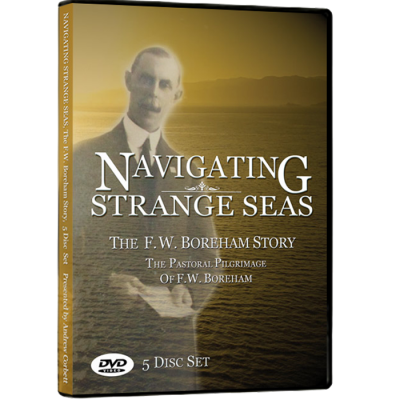
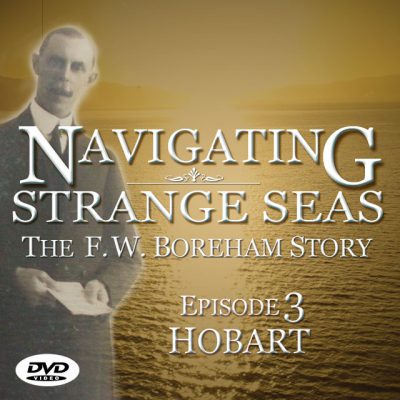
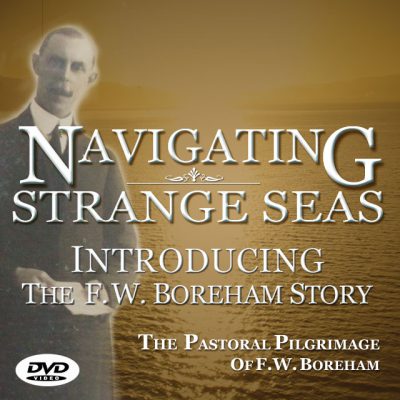
0 Comments